Veteran of domestic selection - "Siberian early ripening" tomato, time-tested and loved by gardeners
The early Siberian tomato was released in the late 50s of the last century thanks to the efforts of Soviet breeders. Since then, it has not lost its popularity among summer residents and farmers living in areas with an unfavorable climate. This cold-tolerant crop quickly takes root in the soil after planting and gives consistently high yields regardless of growing conditions.
In this article, we will reveal the secret of the popularity of the variety, talk about its advantages and disadvantages, the nuances of agricultural technology.
The content of the article
Characteristics and description of the variety
Early ripe variety Siberian early maturing was bred specifically for cultivation in the open field and under film shelters in regions with short and cool summers. In the State Register of selective achievements registered in 1959.
Originators: "Federal Scientific Center of Vegetable Growing" and LLC "Agrofirma Aelita".
Regions of admission: North-West, West Siberian, North, Volgo-Vyatka, Ural, Middle Volga, Central, East Siberian, Far Eastern.
Determinant bushes, on the main stem - 3-4 compact inflorescences. 3-5 fruits are laid in each of them.
In the photo - the variety Siberian precocious.
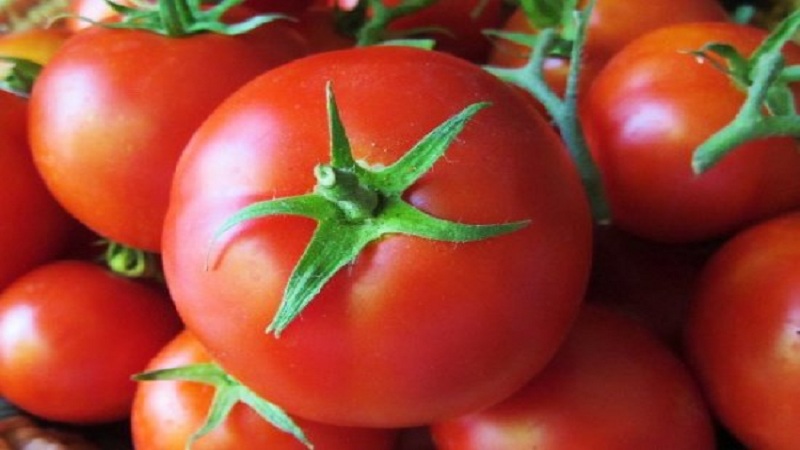
Distinctive features of the variety are presented in the table.
| Indicators | Characteristic |
| Fruit weight | 62-114 g |
| The form | Rounded and flat-round, slightly ribbed |
| Coloration | Unripe tomatoes are green with a dark green spot near the stalk, ripe ones are red |
| Leafiness | Weak, medium-sized leaves, green to dark green |
| Inflorescence | Simple, less often intermediate. The first inflorescence is formed over 6-8 leaves, the subsequent ones - after 1-2 leaves |
| Pulp | Dense, juicy, with few seeds. Contains 4-6% dry matter, 2.5-3.5% sugar |
| Taste | Pleasant, sweet and sour |
| Skin | Thin but dense, does not crack |
| Number of nests | 4 and more |
| Peduncle | Articulated |
| Bushes height | Outdoors - 40-50 cm, indoor - 60-90 cm |
| Appointment | Tomatoes are recommended for fresh consumption and for canning |
| Ripening period | 98-108 days after germination |
| Yield | 6-10 kg / m² in greenhouses, up to 7 kg / m² in vegetable gardens and greenhouses |
| Sustainability | To tobacco mosaic virus, cladosporiosis, slightly susceptible to late blight |
| Transportability | Excellent |
How to grow seedlings
The mid-season Siberian tomato is grown by the seedling method... Sowing is performed in late March or early April, 60-65 days before transfer to the ground.
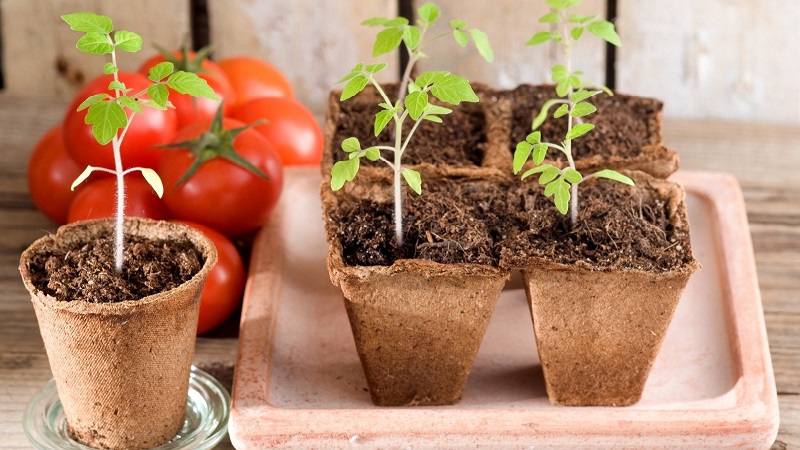
Seed preparation
Connoisseurs of the variety describe the frequent cases of misgrading or replacing seeds, so they try to collect material on their own from previously grown tomatoes. You can buy high-quality seeds from well-known manufacturers - "SeDeK", "Aelita", "Fazenda".
Before sowing, the following manipulations are performed with seeds:
- Calibrate to identify empty seeds. To do this, the seeds are soaked for 10 minutes in a saline solution (1 tsp per 200 ml). Those that float to the surface are thrown away, those remaining at the bottom are washed with warm running water.
- If the seed was stored in the refrigerator, perform the warming up procedure one and a half months before sowing. The seeds are placed in a linen bag and placed on a heating radiator for 6-7 days.
- The seeds are disinfected in 1% potassium permanganate solution (30 minutes) or in 2% hydrogen peroxide solution (15 minutes).
- Soak in growth stimulants - "Radifarm", "Epin", "Immunocytofit", "Heteroauxin", "Biostim" - and dry.
- Pre-germinated in gauze folded in several layers. The procedure promotes early emergence of seedlings, increases the percentage of germination. The fabric must be damp, but no excess water is allowed.
- They are hardened to increase the protective forces of the future plant. Sprouted seeds are placed overnight on the lower shelf of the refrigerator, and taken out in the morning. The procedure is carried out 3-4 days in a row.
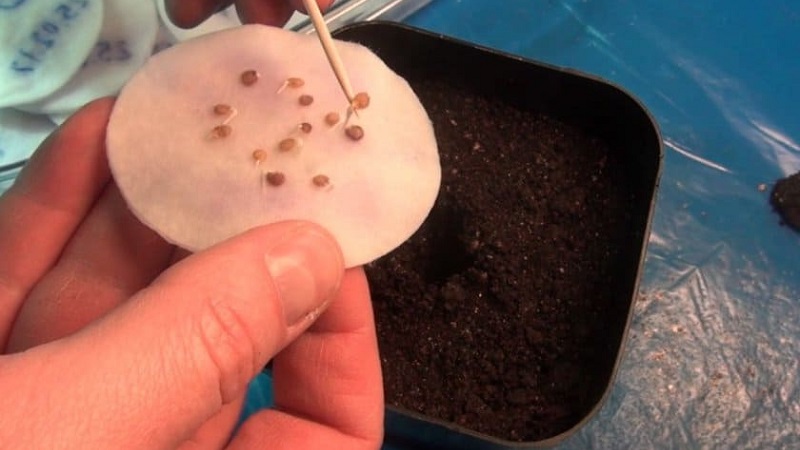
Capacity and soil
Suitable for growing seedlings ordinary plastic containers, trays, boxes and cassettes, tetrapacks 5-7 cm high.
Seedling soil bought in a specialized store or prepared independently from turf, river sand and humus mixed in equal proportions. The soil is disinfected by heating in an oven, a double boiler, a microwave oven, or a strong solution of potassium permanganate, "Fitosporin", is used.
About other varieties of tomatoes:
Sowing
Containers for growing seedlings are filled with moist soil and the seeds are embedded in furrows 1 cm deep. Sprinkle on top with a layer of peat and stretch polyethylene for a greenhouse effect. The container is placed in a warm place, inaccessible to direct sunlight. Seeds without prior germination at an air temperature of 25 ° C hatch after 4-5 days. The germination period of germinated grains is halved.
Seedling care
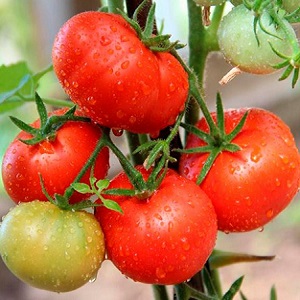 After the first shoots appear the film is removed, and the containers are taken out onto the windowsill on the south side of the house. The optimal daylight hours are 16 hours. With a lack of lighting, the seedlings are supplemented with fluorescent lamps.
After the first shoots appear the film is removed, and the containers are taken out onto the windowsill on the south side of the house. The optimal daylight hours are 16 hours. With a lack of lighting, the seedlings are supplemented with fluorescent lamps.
At the stage of 2-3 true leaves, the seedlings dive into separate containers with a volume of 300 ml.
Seedling watering - moderate, after the topsoil has dried. A week before transferring to a permanent place, watering is stopped, the seedlings are taken out into fresh air for hardening for 30-60 minutes.
For feeding use ready-made mineral complexes: Agricola, Effekton, Universal. The frequency of feeding is 2 times until the moment of transplanting into the ground.
Agrotechnical techniques
Rules for cultivating tomatoes in open and closed ground - standard... They suggest moderate watering, loosening, weeding, mulching of the soil, forming the cores into 3 stems with subsequent garter, feeding with organic matter and minerals.
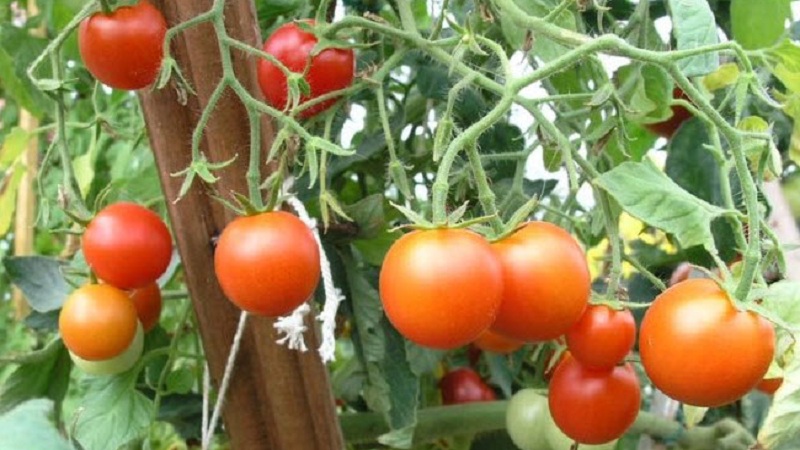
Landing
The transfer of seedlings to the ground begins in late May or early June... In autumn, the earth is dug up and brought in a bucket of humus for 1 m². In the spring, the soil is loosened, fertilized with chicken droppings (10 liters per 1 m²) and disinfected with copper sulfate (50 g of substance per 1 m²).
Pits 20 cm deep are dug on the site, 1 tbsp is poured into each. l. superphosphate and a handful of ash. Boiling water is poured at an angle of 90 °.
Seedlings are abundantly watered with warm, settled water and planted in the prepared recesses. Planting scheme - 30x50 cm, 3 bushes per 1 m².
Reference. Tomatoes prefer light and nutritious soil with a neutral pH = 7.
Care
Tomato care rules Siberian early maturing:
- moderate watering in the morning or evening, at the root, 1 time in 6 days;
- loosening the land immediately after watering;
- weeding;
- the formation of bushes in 3 stems and a garter to the supports;
- soil mulching with needles, peat, straw, sawdust 2 weeks after planting.
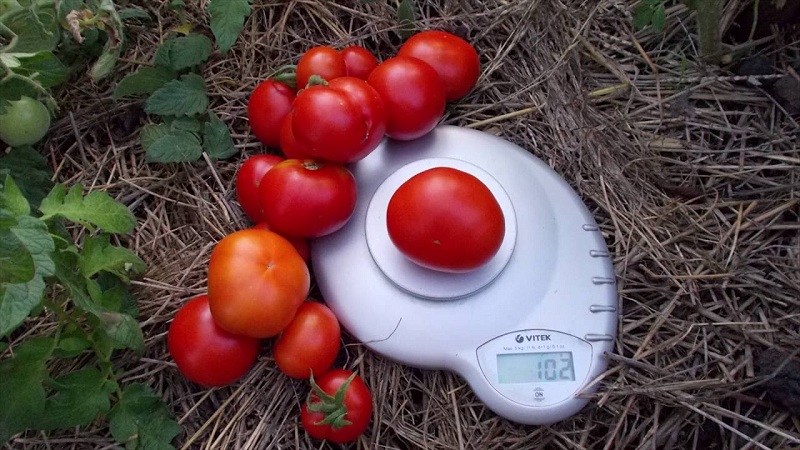
Top dressing scheme:
- The first portion of fertilizers is applied 14 days after planting: 20 g of chicken manure is dissolved in 10 liters of water. Water the bushes at the root.
- For subsequent dressings every 14 days, use mineral complexes: "Kemira", "Universal", "Solution", "BioMaster", nitroammofosku, diammofosku - strictly according to the instructions on the package.
For the entire period of growth tomatoes are fertilized 3-4 times.
Features of growing in open and closed ground
There are no particular difficulties in cultivating the variety. The main task of the farmer is to comply with the rules of agricultural technology.
Read also:
Tomatoes do not like waterlogging, therefore, watering is carried out as needed. An excess of moisture leads to decay of the root system. Wood ash will help to solve the problem, which is simply sprinkled with soil or a solution is prepared (one liter can for 10 liters of water).
Low-growing bushes need moderate pinching in order to prevent flowers from falling off. When the lower flowers are shedding, the plants are pinned over the next brush. The stems are tied to wooden stakes to prevent the branches from breaking under the weight of the heavy fruit.
Planting in open ground is carried out 2 weeks later than planting in a greenhouse... When cultivated in greenhouses, the bushes grow up to 90 cm. The yield increases, and the taste, judging by the reviews, deteriorates. The shape of the tomatoes is flat-round. In the garden, the plants do not exceed 60 cm in height. The shape of the tomatoes is more rounded, the taste is much sweeter compared to greenhouse specimens.
Diseases and pests
Tomatoes are not susceptible to tobacco mosaic virus, cladosporium disease, rarely get late blight. However, the culture is affected by fungal illness - gray rot, fusarium and alternaria.
Signs of gray mold:
- brown spots with a grayish bloom on the stems;
- plant tissue necrosis;
- wilting of tomatoes;
- yellowing of the leaves.
Treatment includes removal of damaged stems, leaves, fruits and spraying with preparations: "Oxyhom", "HOM", "Profit", "Ditan", "Previkur".
Signs of fusarium wilting:
- yellowing of the lower leaves;
- wilting of the stems and tops of the plant;
- the fabrics change color to brown-red.
For treatment, drugs are used: "Fundazol", "Benorad", "Vectra".
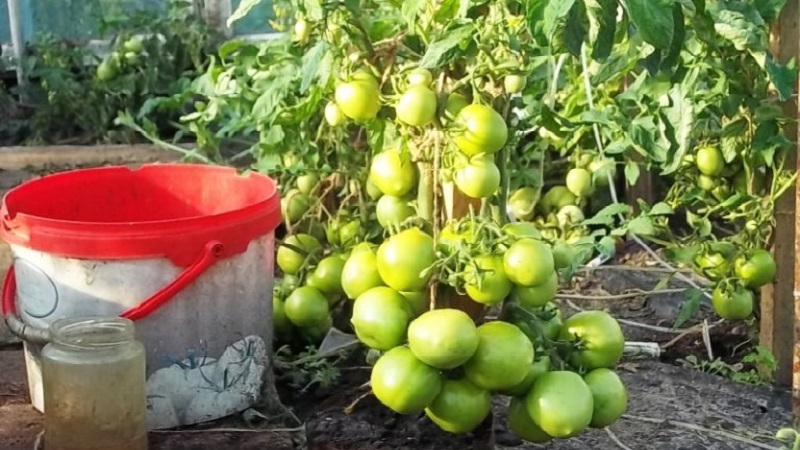
Symptoms of Alternaria:
- dry, gray-brown, round spots on leaves, fruits and stems;
- yellowing and death of leaves;
- deformation of the fruit.
Treatment is carried out with fungicides “Abiga-Peak”, “Bravo”, “Ridomil Gold”, “Acrobat”, “Ordan”, “Quadris”.
Measures for the prevention of fungal diseases:
- compliance with the rules of crop rotation;
- moderate watering;
- soil covering with mulch;
- disinfection of soil before planting;
- disinfection of seeds before sowing;
- processing greenhouses with sulfur checkers;
- frequent loosening and weeding;
- maintaining optimal humidity levels.
The threat to early ripe tomato is whitefly, wireworm, nematode, bear. Fight insects insecticides help: "Decis Profi", "Strela", "Confidor", "Flumite", "Borneo", "Fitoverm", "Iskra".
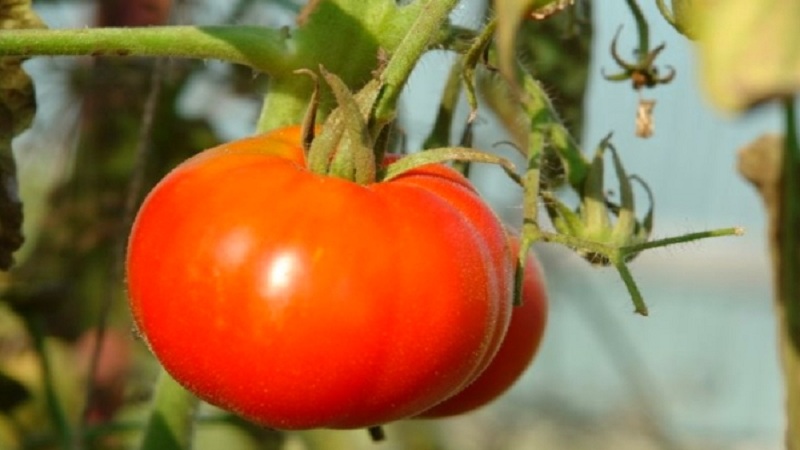
Harvesting and application of the crop
The first crop when grown in a greenhouse is harvested already at the end of June, in the garden - 2 weeks later.
Tomatoes have a pleasant sweet and sour taste... Some farmers describe it as a classic tomato. The high content of dry matter (up to 6%) allows you to prepare tasty and rich tomato juice, pasta, various sauces. Tomatoes are good fresh and pickled.
Fruits tolerate transportation well provided that it is stacked in wooden boxes in one layer.
Advantages and disadvantages
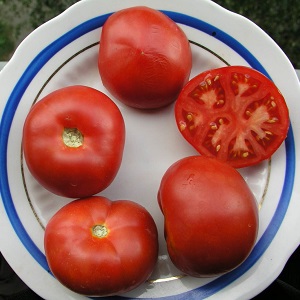 The advantages of the variety:
The advantages of the variety:
- friendly ripening of fruits;
- early maturity;
- resistance to tobacco mosaic, fusarium wilt and alternaria;
- consistently high yield;
- excellent taste;
- cold resistance;
- unpretentious care.
The disadvantages include "Advanced" age and the absence of a number of new, improved characteristics inherent in modern hybrids and varieties.
Reviews
The opinions of gardeners about the Siberian precocious variety were divided... Some call it an ideal option for regions with a cold climate, others believe that it is high time to forget about it, because many new interesting tomatoes have appeared on the market over the past decades.
Olga, Satka: “I remember how my mother grew this variety 15 years ago, and she still does it. I don't like fresh tomatoes, they are too sour, but it's better not to find them for pickling and salting. Caring for them is simple. It is necessary to moderately moisten the soil and feed it with organics and minerals ".
Evgeniya, Novokuznetsk: “These tomatoes are the best that can be grown in our cold region in the vegetable garden. I have been planting Siberian early maturing for 10 years and am always happy with the result. I collect the seeds myself, dry them and store them in a cool place. Germination is one hundred percent, seedlings take root in any conditions, and the yield is surprisingly high ".
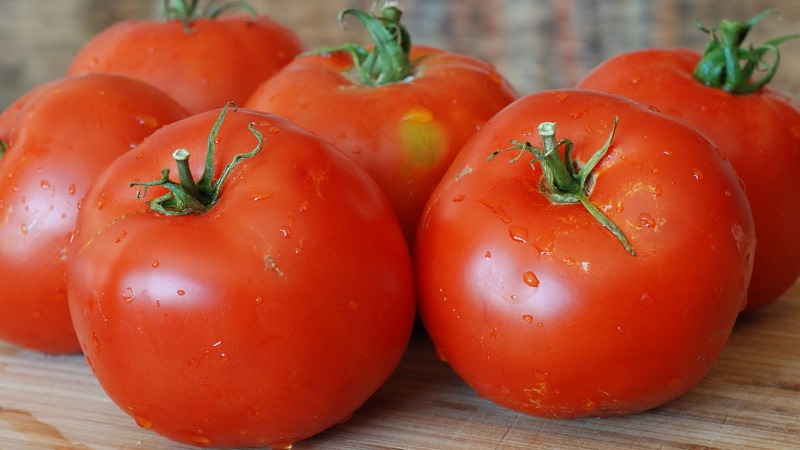
Conclusion
Siberian early ripening tomatoes are an old-timer of the seed market. The variety has received deservedly high marks due to the absence of problems when growing in any type of soil. The culture successfully competes with modern tomatoes. It is recommended for growing by both beginners and experienced farmers.
Not everyone likes the presence of pronounced acidity in tomatoes. This is a subjective assessment of gardeners and consumers, which does not in any way affect the result of cultivation.